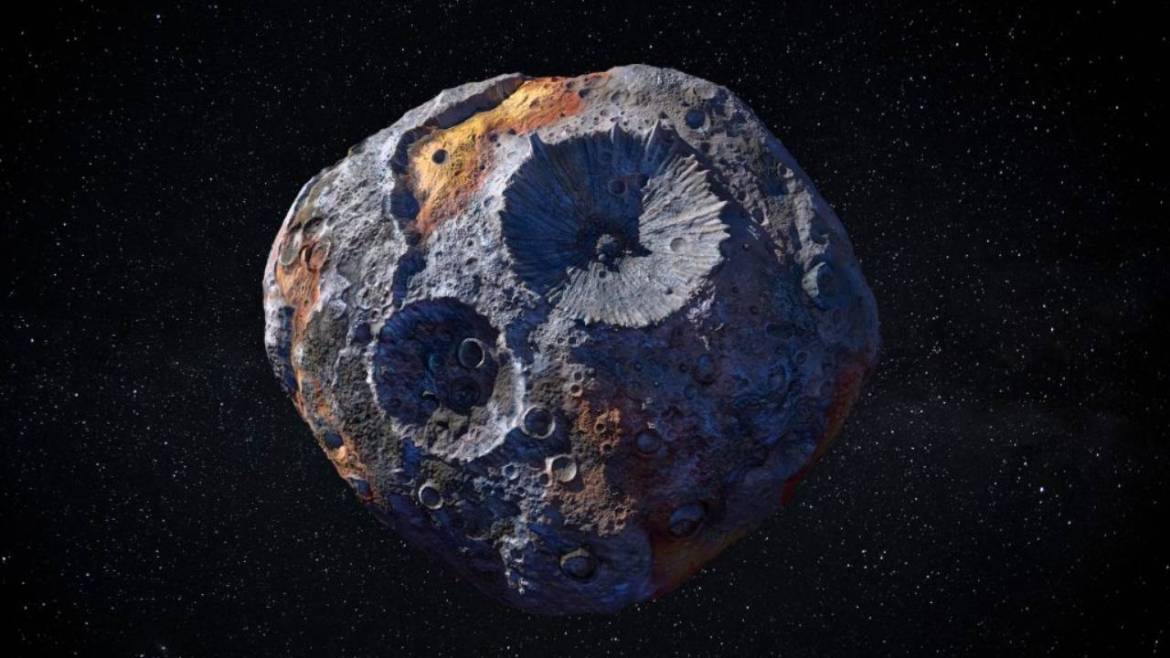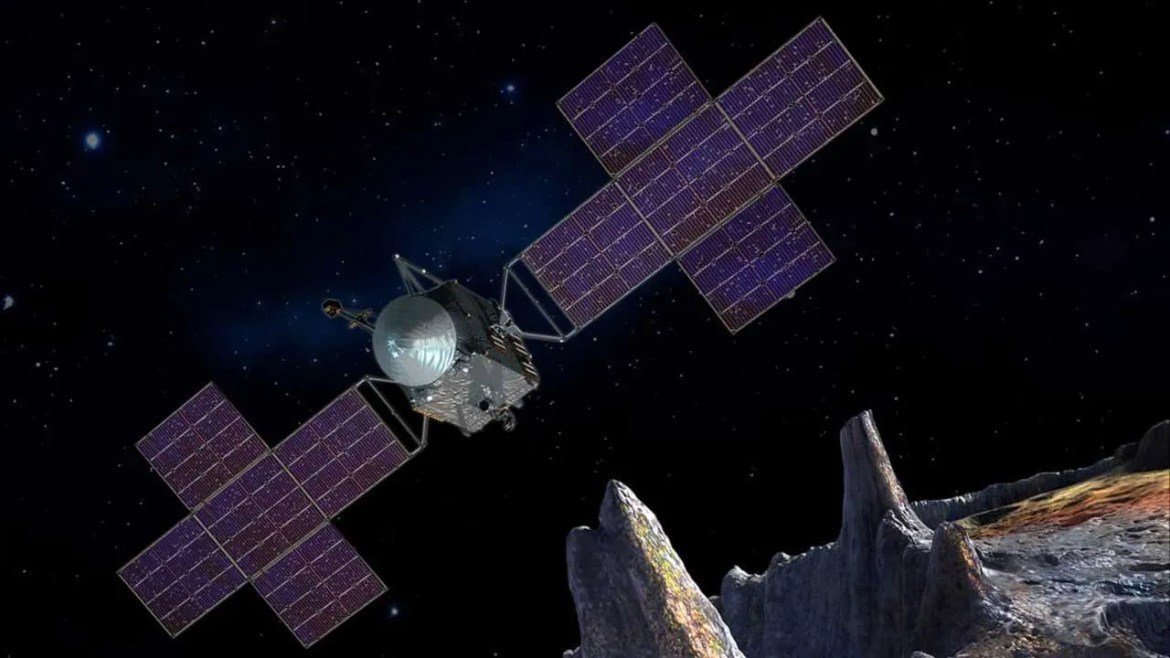NASA, after 27 years of work, has finally succeeded in sending the James Webb telescope into space today. But the agency continues its work without interruption, even accelerating it. Now he has announced the details of the trip to Psyche, an asteroid located between Mars and Jupiter.
NASA thinks Psyche could be the core of an ancient planet
Researches have revealed that the asteroid Psyche, which rotates between Mars and Jupiter, has an estimated value of 10 thousand quadrillion. This amount is equivalent to more than the entire world economy. New images from NASA’s Hubble Space Telescope offer a closer view of the asteroid. But a real discovery requires a closer look.

Psyche asteroid
For this reason, the Psyche spacecraft, which will be launched in August 2022, will visit this strange metal asteroid found to be mostly nickel and iron, named Psyche, located in the asteroid belt between the orbits of Mars and Jupiter. It is considered unique, as many of its kind are mere rocks. In fact, researchers want to understand whether Psyche is the core of an ancient planet.
Lindy Elkins-Tanton, principal investigator for the Psyche mission at Arizona State University, said in a statement:
If it turns out to be part of a metal core, it will be part of the first generation of early cores in our solar system. But we really don’t know, and we won’t know anything for sure until we get there. We wanted to ask fundamental questions about the material that makes up planets. We are full of questions and not many answers. So this will be a real discovery.

Psyche spacecraft
To learn more about the asteroid, the Psyche spacecraft will be equipped with instruments such as a magnetometer to measure magnetic fields and spectrometers that use light to determine what the asteroid is made of. After launch next year, the vehicle will have to travel 1.5 billion miles to reach the asteroid, which will take several years.
NASA expects the Psyche spacecraft to arrive at the asteroid in late 2025 before entering orbit around it in January 2026. It will launch in a relatively safe orbit 435 miles from the asteroid surface and move closer to the asteroid. Thus, teams around the world will be able to obtain more detailed data.
What do you think about this subject? Don’t forget to share your views with us in the comments!